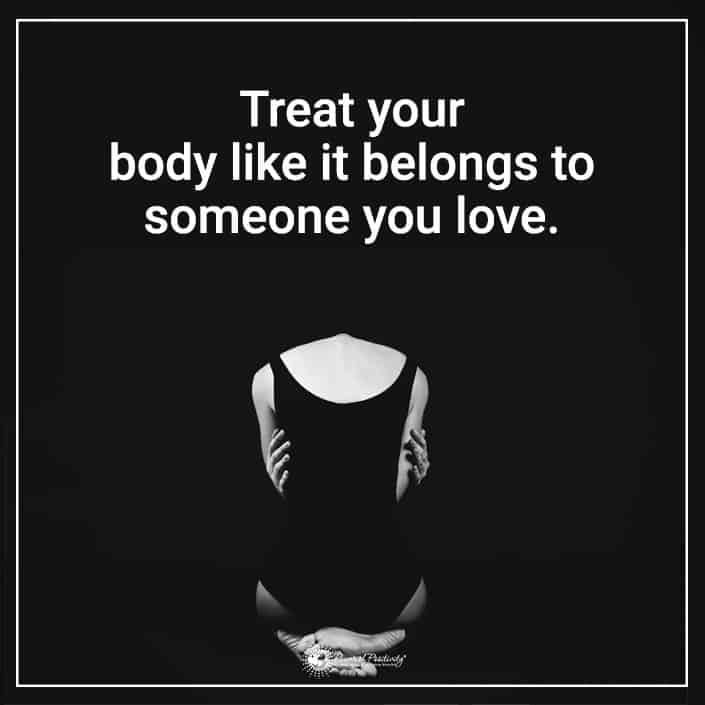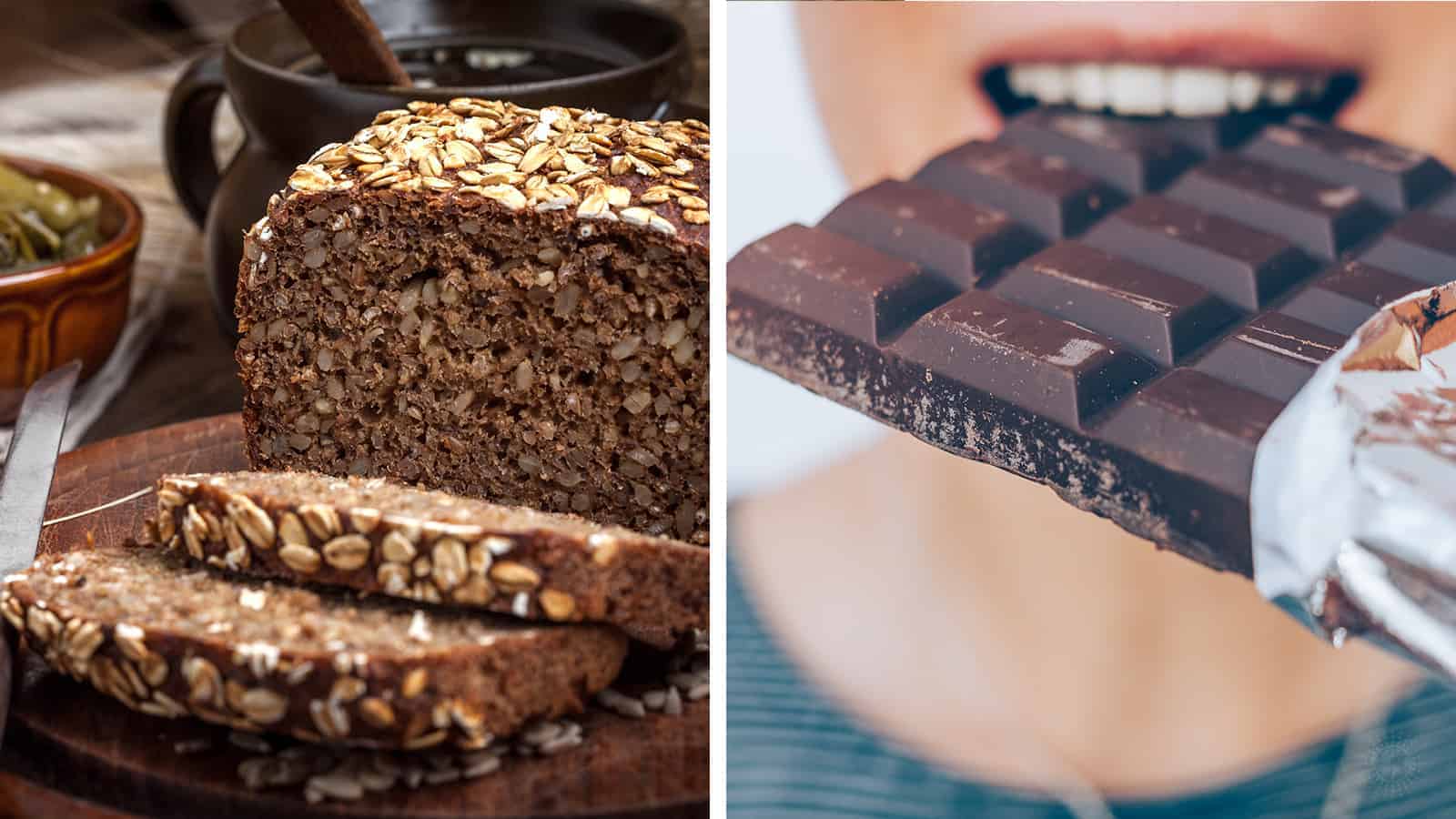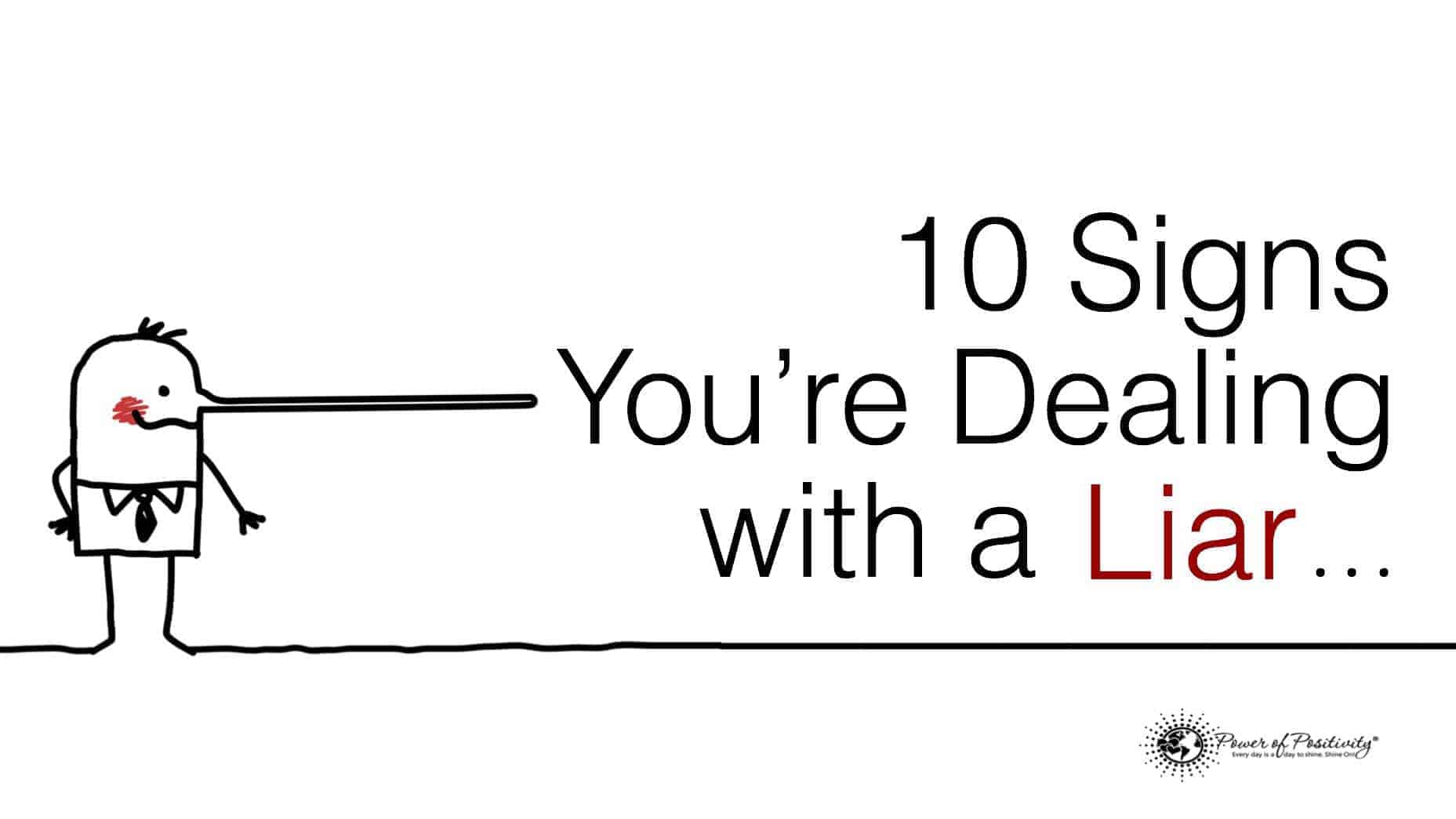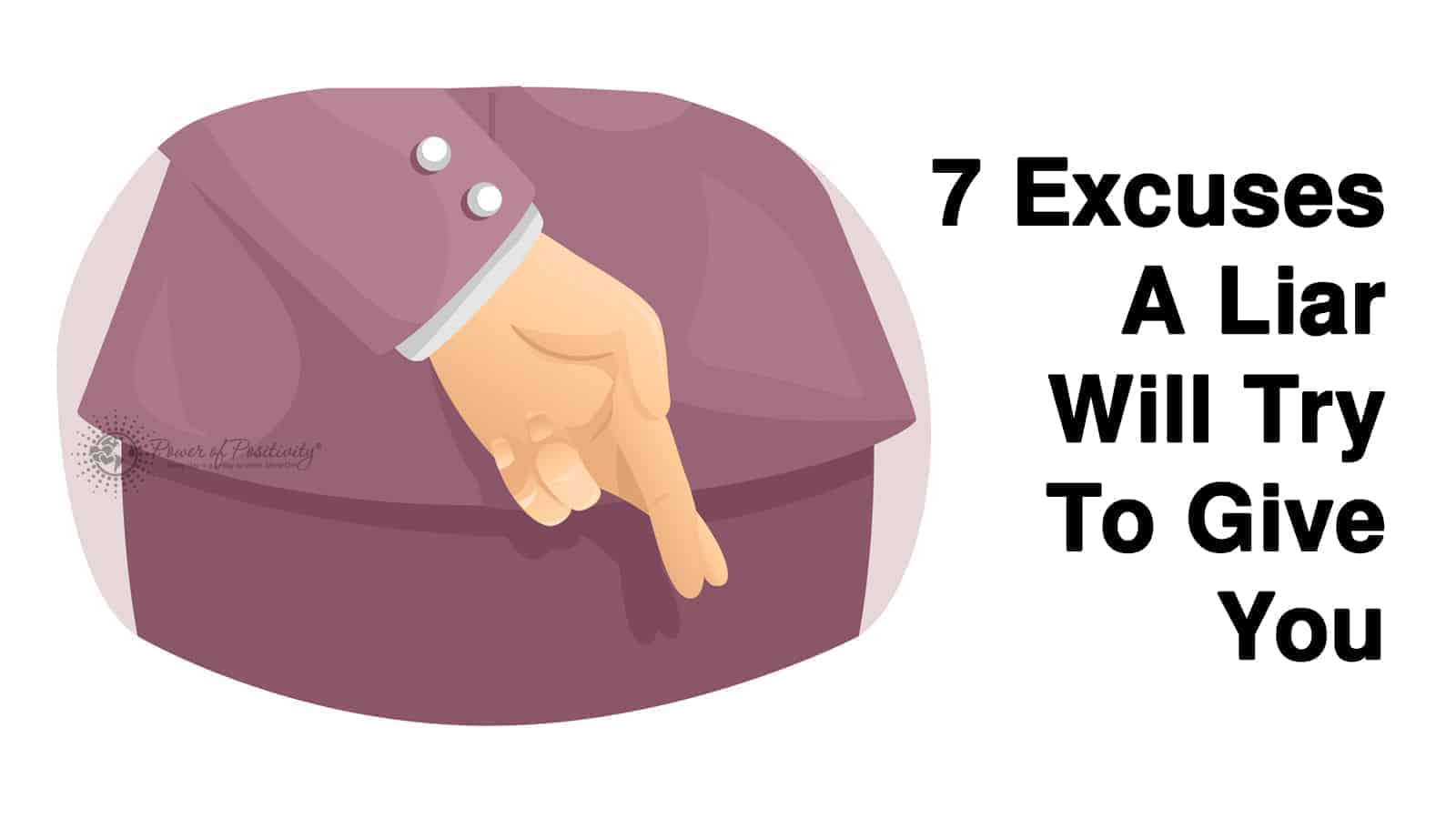Choosing to eat healthier means different things to each person. The individual with diabetes tries to adapt to a lifestyle that is free of sugar, while the person struggling with obesity wants to cut carbs and eat more fat.
No matter your preference for eating healthier, there are numerous tips that you can use to make your journey easier.
Healthy Hacks You Can Use
You can make some easy switches to decrease calories and fat while you increase your nutrition. Changing your eating habits doesn’t have to be complicated, and healthy living doesn’t have to be expensive. Here are 15 tips to get healthy without requiring a lot of time or energy.
 1. Grocery Shop When You Are Full
1. Grocery Shop When You Are Full
Have you ever noticed that you buy more junk food when you go to the store hungry? Since everything looks good, you have no problem loading up on all the extras. Not only will this hurt your budget, but it will also cause an issue for your waistline.
A study conducted at the University of Michigan found that people who go to the grocery store hungry often buy more non-edible things. If you haven’t had dinner and stop at the market on the way home, you could buy way more things than you need and even a few weird items, like rubber bands or binder clips.
2. Use A Smaller Plate
Your brain is a complex processing unit, but sometimes it can be tricked. One of the iconic dieting techniques is to switch the size of your plate. Have you seen the range of dinner plates these days?
The standard plate has always been 10.5 inches. However, restaurants are now using ones as large as 12 inches. Imagine how many calories you could cut by going to an eight-inch plate?
Honestly, the larger dishes can hold enough food for 2-3 people, and you feel the need to fill them up. Switch to a smaller plate, and you will eat healthier by consuming modest portions.
3. Practice Mindful Eating
Be mindful of everything you put in your body. Keep a journal and make sure you account for every calorie and fat gram each day. Most people have no idea how much they’re eating until they start calculating it.
4. Increase Your Water Intake
Water is very filling. Before you take each bite at a meal, take a sip of water. The water will trick you into thinking that your fuller sooner than you are because of its volume. Since your body is mostly made of water, it only makes sense that you should increase your intake.
5. Switch to Dark Chocolate
If you have a bit of a sweet tooth, no one says you can never have a snack again. A study conducted by the Top Institute Food and Nutrition wanted to prove or disprove the theories behind dark chocolate being good for you. They studied middle-aged, overweight men for four weeks.
At the end of the study, they found that these men had improved vascular function and enhanced their leukocyte adhesion factors. The antioxidants found in this variety of chocolate is good for your health and your heart.
6. Steer Clear of Fast Food
It’s so easy to swing into a drive-thru for a burger and fries rather than cooking. However, no matter how healthy they try to make it, fast food is loaded with sodium, fat, calories, and other harmful preservatives. It takes about 20-30 minutes to make a healthy meal, and it’s much easier on your wallet too.
7. Practice Meal Prepping
One of the biggest reasons people don’t eat healthier is that they don’t practice meal prepping. Meal prepping has two advantages. First, you can ensure that your family is getting a well-balanced and nutritious meal, and second, you can also ensure you’re not overspending at the grocery store.
 8. Switch to Powdered Peanut Butter
8. Switch to Powdered Peanut Butter
Why is it that so many people crave peanut butter? It tastes good in-between chocolate, and there’s no better accompaniment to jelly. However, raw, unprocessed peanut butter is good for you, but much of the stuff you find on the store shelves are full of sugar and salt.
Another option to help you get that nutty flavor you crave is to use the powdered variety. Powdered peanut butter has become quite popular as an option for healthy eating. Two tablespoons of traditional peanut butter have 191 calories and 16 grams of fat.
Powdered peanut butter only has 45 calories and five grams of fat. Now, which is the better choice? You’ll be glad to know that powdered peanut butter is just dry roasted nuts with all the oil pressed out of them to make them a powder. So, it’s the same great taste, but it’s much healthier.
9. Use Unsweetened Almond or Soy Milk
Switch out your cow’s milk for an almond or soy variety. They come in so many amazing flavors, and they have lower calories and fat. You can use them the same as you would regular milk, and you won’t have to worry about lactose intolerance.
10. Share Entrees at Restaurants
For those times when you must go out to eat, why not split the entrée with your spouse or a friend? Americans suffer from portion distortion. The average serving at a local eatery is enough to serve 2-4 people, depending on the place.
When you add salads, soups, breadsticks, and other freebies they offer, then you can easily exceed your daily caloric intake in one meal. Restaurants are a great place to practice mindful eating because they want to give you more bang for your buck.
11. Choose Cold Greens Rather Than Hot Ones
While green beans, peas, brussels sprouts, and asparagus taste great, you should pile on the cold, leafy greens. Lettuce can fill your entire plate, giving you the illusion that you’re eating a lot, plus it can be filling too. The calorie difference is where you will notice the most significant advantage.
12. Dress Your Food Yourself
Never pour sauce or salad dressing directly on your food. Instead, it’s better to dip your fork into the mixture, then take a bite. You will save a ton of calories when you stop pouring stuff and eat only what you need.
Eating healthier can be so simple. No one says you need to give up your pasta sauce or ranch dressing, but you should limit how much of it you eat. Dipping your fork can save you up to 300 calories off one large meal.
People use way too many sauces and condiments these days, and it’s an unnecessary way to pack in extra calories and fat.
13. Don’t Get Caught Up in Sugar-Free or Fat-Free Gimmicks
A couple of decades ago, marketing companies figured out that they could entice shoppers to buy their products by making them appear healthier. For instance, labeling something as fat-free or sugar-free would appeal to buyers who might pass those items by. Now, there aren’t strict rules about using these labels, wherein lies a big issue.
Foods labeled as sugar-free doesn’t mean they’re low in calories. Yes, it’s possible to eat sugar-free stuff and still gain weight. To help with taste, they use sugar alcohols and sodium, both of which are bad for you. The same issue occurs with fat-free items.
To get the product to taste in a sellable way, they add other things to make up for the fat. Please read the supermarket labels carefully because the big words on the front don’t always tell the entire story.
14. Switch to Whole Grain Breads
Stop buying white bread and switch to whole grains instead. White bread is heavily processed and not good for you. Whole grains are essential to your body to keep your glucose-regulated and your intestines moving.
15. Eat Your Calories (Don’t Drink Them)
If you want to eat healthier, then you should eat your calories and not drink them. Stop buying the sodas, energy drinks, juices, and flavored coffees loaded with sugar and calories. It’s okay to have an occasional treat, but the average American consumes up to 45 gallons of soda pop each year.
To break that down a bit further, 45 gallons of soda is equivalent to 487 cans a year, or 1.38 cans per day. So think about all the people who drink way more than that? How much sugar and are they consuming?
It’s foolish to waste your calories on drinks when you can use them for nutrition to fuel your body.
 Final Thoughts on Your Efforts to Eat Healthier
Final Thoughts on Your Efforts to Eat Healthier
Some people make weight loss and healthy eating much more complicated than it needs to be. You shouldn’t put more in your system than you can burn, and you should stay away from high sugar, fat, and carbohydrate-laden foods. Finally, little tricks like going to the grocery shop when you are full and meal preparations can make a huge difference.
Did you find any tips that you can implement in your life? The best part about eating healthier is that you feel better, you look better, and life is so much easier when you’re not dealing with bloating and other food sensitivity issues.
















